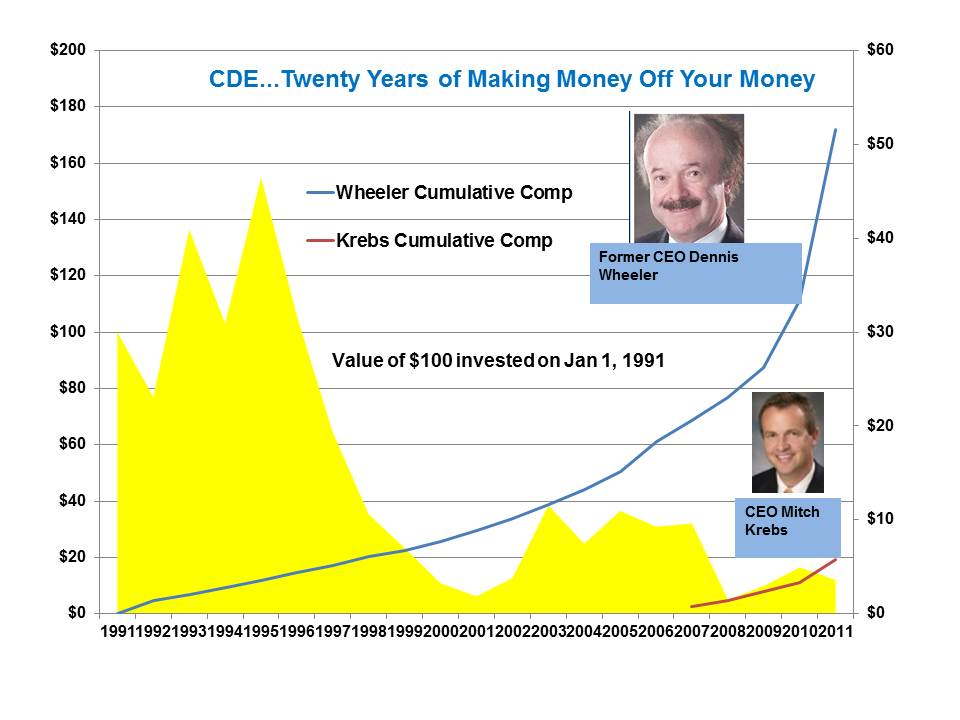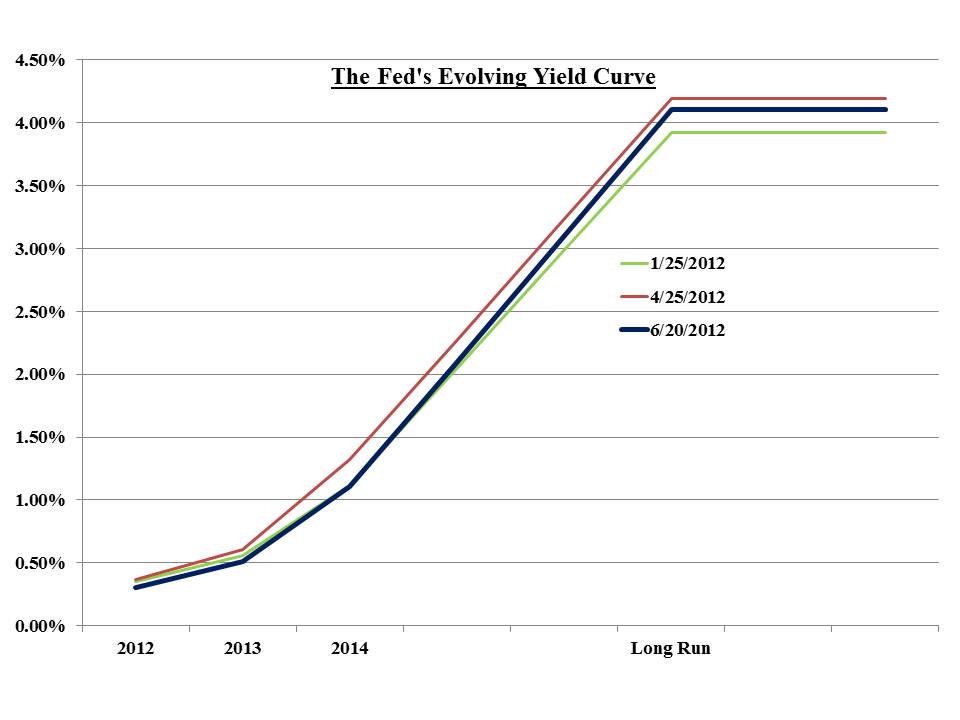May 17th, 2012 was the 30th anniversary of my arrival in the U.S. On that day back in 1982 aged 19 I arrived for the first time in New York City fully expecting to be mugged as soon as I stepped off the plane such was the city’s reputation at that time. Although I grew up in England I had spent Summers in Toronto with my father as a teenager and the contrast between middle class North American life and strike-plagued Britain in the 70s could scarcely have been sharper. The IMF had come to Britain’s rescue while I was in school, and gloomy prognostications on the economy were the norm. America was dynamic, exhilarating, the world’s focal point in so many ways. I concluded that the future lay west, and New York’s financial markets drew me here. I needed to move to the U.S. more than anything I’d ever wanted – like all immigrants, I found a way to make it happen. I was part of the biggest wave of immigration the U.S. had seen since the huge influx of new citizens leading up to World War I in 1914. I became a permanent resident in 1985 and a citizen five years later, the shortest possible route for one with no family connections or refugee status.
During those thirty years I have never once doubted that I made the right move. The passage of time has balanced my perspective; London’s a great city too, and I’m very proud of my English heritage. While I doubt I’ll ever live there again, I love returning and one doesn’t always have to focus on the future; nostalgia can be wonderful too. But few Americans appreciate how their country appears to those on the outside wanting to get in. I remember well my urgent desire to go where the prospects were greatest. From afar, perceived through its culture, its impact on world events and unfailingly wealthy American tourists, one sees a place of huge opportunity, excitement, energy, surprises, danger and optimism. It’s an enthralling vision for anyone looking for those things.
In assessing the balance of potential investment returns and risks around the world, my experience is that many non-U.S. investors hold a keener appreciation for the power of the American story. You can talk to wealthy people from almost every corner of the world save North America and you’ll learn they need only reach back a couple of generations to recall war and existential threats, loss of democracy and civil rights, periods of lawlessness and moments when the future was most dire. The comparatively long political stability, rule of law and military security enjoyed in the U.S. are far better appreciated by those who haven’t always lived here. In addition, the dynamic economy fueled in part by a steady influx of type-A immigrants is widely envied. President Reagan was my first president, and his sunny optimism was uplifting for Americans as well as this immigrant just arrived from the Old World. It was then, and is always, Morning in America.
Which is not to discount America’s many challenges, of which the fiscal and political ones remain seemingly insoluble and therefore threaten much that is great. Top-down investment analysis can easily arrive at pessimistic conclusions. The Math of America’s federal and state deficits defy easy solutions, and increasingly partisan politics seems determined to court disaster by avoiding compromise.
Except that (and here’s the still starry-eyed immigrant talking) things have always worked out in the past, and they probably will this time too. It didn’t take me long after I moved here to recognize the difference between the European and American reaction to the insurmountable. Europeans glumly accept what they cannot change; Americans eventually get angry, and the national psyche dictates that when confronted with an apparently overwhelming challenge a commensurate response dedicating attention and enormous resources alters the path of history.
Successful investing combines a belief in a positive future with a healthy respect for the possibility that in the short run things may not work out as expected. The world’s a big place to be sure, but a constructive outlook expressed through U.S. companies represents a sound long-term approach to growing one’s savings faster than inflation. Market timing is ephemeral at best; our analysis of securities is bottom-up, focused on good businesses with low debt that we believe are attractively priced. The risk profile of our portfolios is largely driven by the opportunity set among the individual situations we’ve analyzed. Of the big picture we are perennially cautious optimists. To be so is to remain squarely on the right side of 236 years of history.


